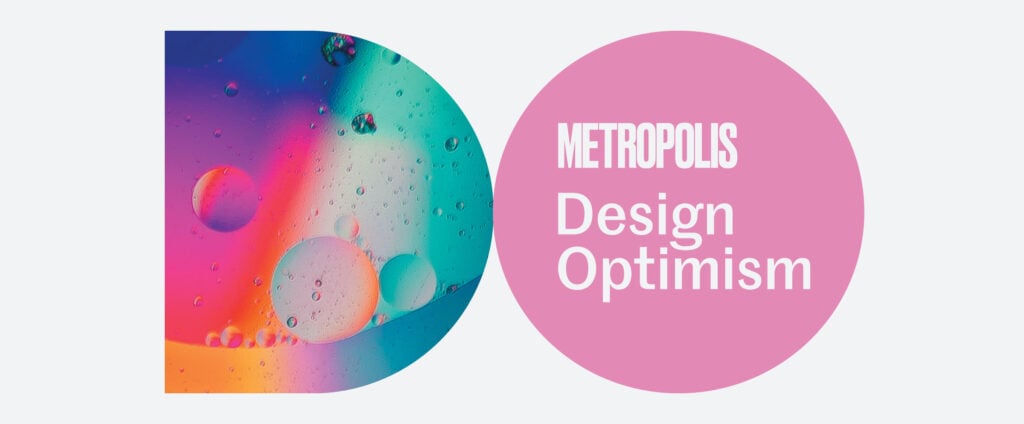
Design Optimism Talks: Designing for Autism
“When we design for autism, we design for everyone,” said Magda Mostafa, professor of design in the architecture department at The American University in Cairo. “When you make spaces autism friendly, all students benefit.”
Mostafa is a global leader in autism design, having developed seven principles that guide architects in crafting buildings and spaces for the “neurodiverse.” She recently sat down with METROPOLIS editor in chief Avinash Rajagopal to discuss her work and these principles as part of the magazine’s Design Optimism series.
First, some brief definitions. According to the National Autism Association, autism is a bio-neurological developmental disability that results in difficulties in verbal and non-verbal communication, social interactions and leisure or play activities. It is diagnosed four times more often in boys than in girls.

The Autism Aspects Framework is Mostafa’s moniker for the seven autism design principles, which are: Acoustics, Spatial Sequencing, Escape, Compartmentalization, Transitions, Sensory Zoning, and Safety.
Picture a teenage boy who’s withdrawn and doesn’t work or play well with his school peers. What’s a part of Mostafa’s approach? “Compartmentalization. It asks us to break down our spaces into manageable sensory zones with only the sensory stimulation he needs. It is supportive of that activity in that moment.
“Our work is all about bringing these concepts together and guarding against behaviors that can be problematic,” Mostafa continued. “With Spatial Sequencing for example, we organize interiors in a way that they flow from one to the next, in a logical order, and in a way that mirrors the experience of the person in that space.”
Continuing in this vein, Mostafa called Escape “the most agile of all the principles because it is so easy to integrate. It’s about building an infrastructure of sensory respite and refuge. It can be the choice of furniture or the design of wayfinding. It’s one of those things we can easily integrate into a space.”
The architect called the criterion of Safety “something we can never overlook. It can take different forms and be at different scales. It can also control who has access to which spaces and at what times.”
Pursuant to the talk’s theme, Mostafa ended the discussion by injecting a dose of optimism: “In our autism work we are engaged in what I call human-centered practice. We aim to put the needs and the experience of the user at the center of our design decisions. That’s a very noble and worthy cause.”
Listen to the May session of Design Optimism Talks here. This session was presented by Garden on the Wall.

Would you like to comment on this article? Send your thoughts to: [email protected]
Related
Programs
Design Optimism Talks: Behind the Magic of Disney Imagineering
Global creative strategy executive Zach Riddley explored how the company’s creative arm builds places that bring joy during the December session of METROPOLIS’s Design Optimism Talks.
Programs
4 Thinkers Inspiring Optimism in Design
Metropolis hosted the second annual Design Optimism conference at California College of the Arts in San Francisco, bringing architects and designers together for a day of finding hope in radical new ideas.
Programs
5 Thinkers Inspiring Optimism in Design
Metropolis hosted architects and designers for a day of finding hope in radical new ideas.





